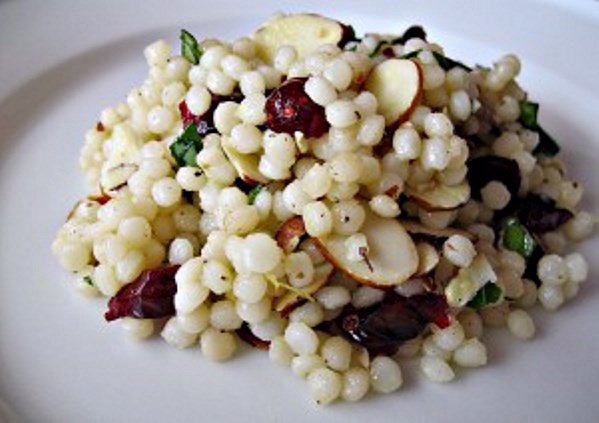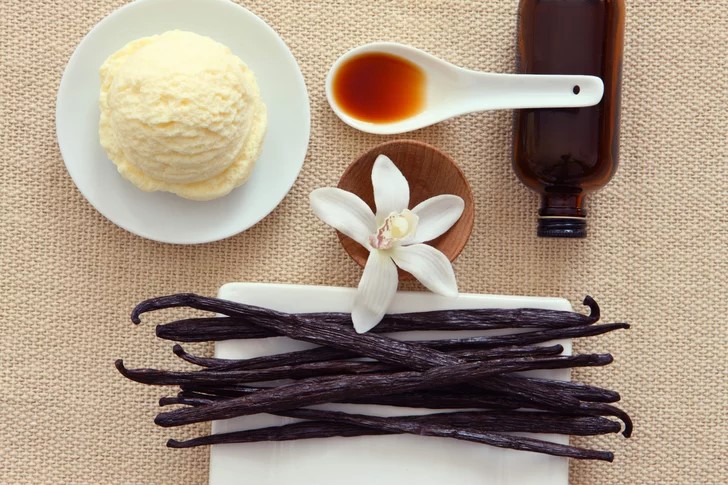Spatchcocking Psycho
It started a few weeks, back, under the cover of night. I’d been aching to try it for a while, but it seemed so difficult and dangerous that I was nervous about an actual attempt. I’d read about it of course, and even seen a few videos on one of those specialty YouTube channels. They made it look so easy, but still I was afraid I’d wind up with a mangled corpse and a kitchen saturated with blood.
A Decision Made
Finally I plucked up the courage to try my hand.
I waited until I knew there would be no witnesses to catch me should I fail. I brought my victim home, put on my apron and sharpened my largest, heaviest knife. Then, with a drink to steady my nerves, I sneaked up behind my victim, and set to work.
The relief and pride as the job was done were immense. And later, as I gazed down at my victim lying spread-eagled before me and sampled the juicy morsels of tender flesh, I knew I would do it again. And again and again. This was not some dark adventure to try only when the moon was full or when I could hold out no longer against my dark desires. This would happen regularly, perhaps once a week if I was lucky and could find people to share my new compulsion – and if my freezer could hold the rising tide of body parts. I had become a man obsessed.

Yes. Spatchcocking chicken had changed me forever.
You may have heard of Spatchocking as “butterflying,” but that’s far too pretty a term for what this process involves.
Spatchcocking – not to be confused with Spatchcock, which is a culled immature rooster, or Spitchcock, which has to do with eels- is when the backbone of a chicken is removed and the chicken is flattened out, ready for grilling or roasting. The term is apparently an Irish word, which is another culinary reason to thank them, along with flavored potato chips and chocolate milk. It’s been around since at least the 18th century, though it’s such a brilliant way to prepare a chicken for cooking that I’d be surprised if nobody had thought of it sooner. Spatchcocking has regained popularity for a while now, mostly because it’s perfect for the barbecue.
Flattening a whole chicken like that allows you to grill it in one piece, like it’s one big piece of meat. And who doesn’t go berserk for a big piece of meat?
Now that’s all well and good, but why lose my mind over it? Continue reading “Spatchcocking Psycho”




